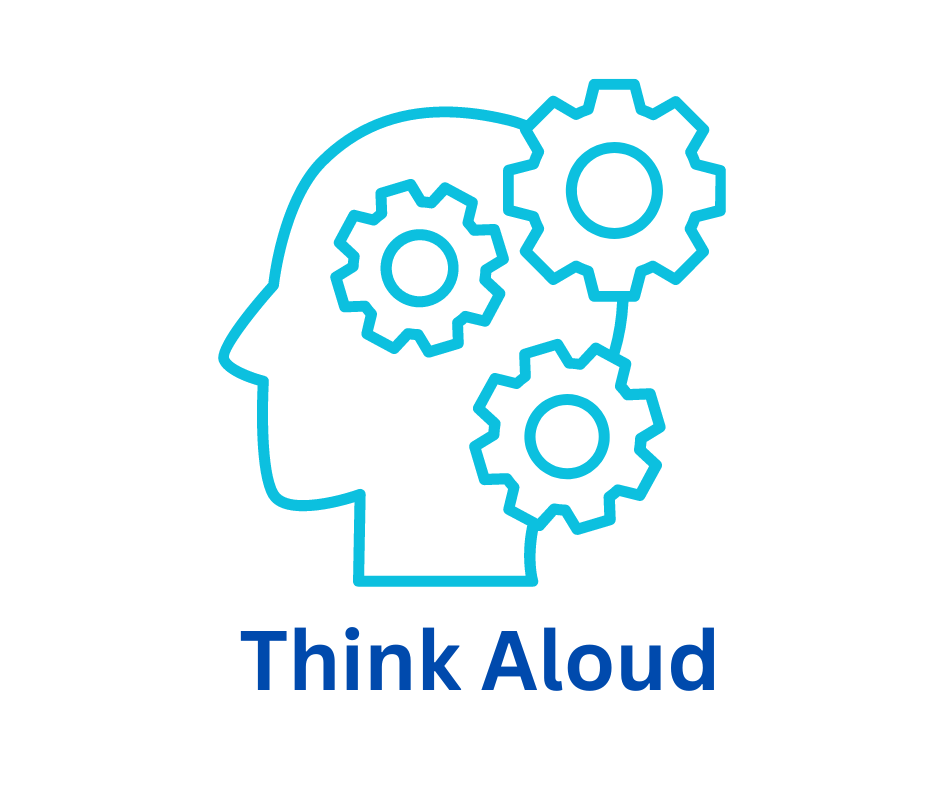
Modelling by the teacher is a cornerstone of effective teaching; revealing the thought processes (thinking aloud) of an expert learner helps to develop pupils’ metacognitive skills.
Checklist
| Model your thinking process and choices. | ✔ |
| Model your thinking process in relation to self (your own skills, strengths and challenges). | ✔ |
| Model your thinking in relation to task. | ✔ |
| Model your thinking in relation to existing strategies. | ✔ |
| Model possible misconceptions and errors and how to correct them (make mistakes). | ✔ |
Examples
| Model the appropriate choice of words. | Not sure that’s quite the right word… |
| Model the shaping of sentences, for sense, for emphasis, or for clarity. | Ah – now does that order make better sense? |
| Model improvement – going back and changing it, and then changing it again, until it is right. | No, that still isn’t quite right. How can I…? |
| Model resilience when it’s difficult. | No, that’s not good enough. Hang on… |
| Model enjoyment and satisfaction in writing well. | Ahh… That’s so much better! |
| Model failure: let it go wrong and then work out how to make it right. | Not sure about that bit. Okay, let’s scrub that and… |
| Model high standards of spelling and punctuation. | Right, let me be absolutely sure… |
| Model being stuck. | Not sure. What have I done before that helped? What do I know that might help? |
| Model the use of support materials, including working walls, in-class resources, success criteria and dictionaries. | I just need to check… |
Further Information
Metacognition and Self-regulated Learning, Education Endowment Foundation
Video
Coming soon.